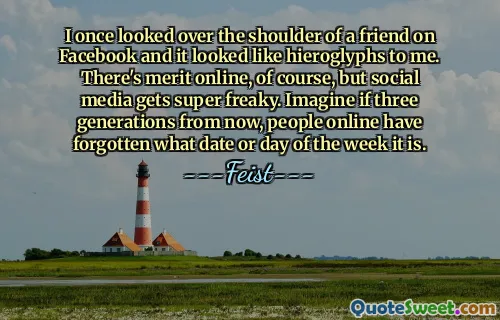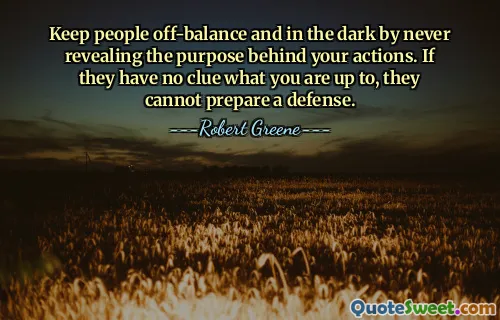
Sports is to war as pornography is to sex.
This provocative analogy draws parallels between often contrasting realms, suggesting that both sports and pornography serve as mediated or controlled outlets for primal human instincts—aggression, competition, desire—that might otherwise find more direct or unregulated expression. Essentially, it implies that just as sports channel the innate violence and competitive drive into a socially accepted spectacle, pornography channels natural sexual urges into a form that is consumable and potentially less disruptive. The comparison invites us to reflect on how society manages and moderates powerful human emotions and drives through various institutional frameworks. It raises questions about the nature of these outlets: Are they simply substitutes that satisfy our instincts in a safe, predictable manner, or do they distort these instincts, shaping perceptions or expectations in ways that could be harmful? It also challenges us to consider the societal role of these outlets—are they healthy exercises of human nature, or do they sometimes exacerbate problematic behaviors? On a deeper level, one might think about the ways in which culture influences how we view and handle intense passions and conflicts, whether in sports, sex, or other pursuits. Both domains serve as arenas where societal norms are played out and tested, and both can be sources of connection, catharsis, or alienation. The quote ultimately provokes us to think about the complex interplay between human nature, societal restraint, and the contexts we create for our most primal impulses, including whether these outlets help or hinder our social cohesion and personal development.











